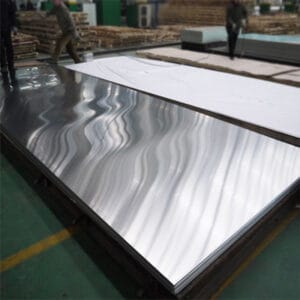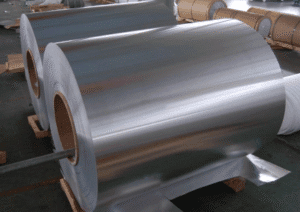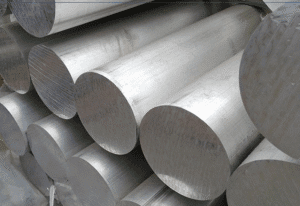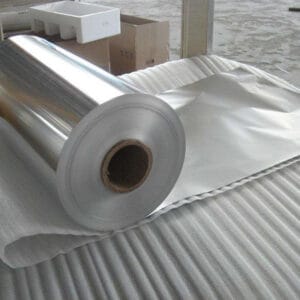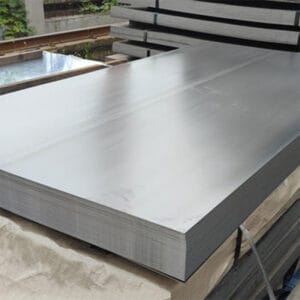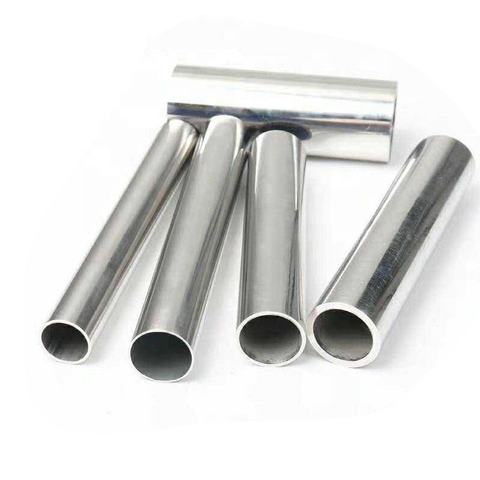Introduction
Choosing the right aluminum alloy pipe can be the difference between a long-lasting project and costly replacements. Among the many aluminum grades available, 6061 and 6063 aluminum pipes are the most commonly used in construction, automotive, aerospace, and architectural applications.
While both belong to the 6000 series aluminum alloys, they are not identical. Each offers unique mechanical properties, corrosion resistance, and surface finishing capabilities. This guide will help you understand the key differences between 6061 and 6063 aluminum pipes so you can confidently select the right alloy for your project.
1. Overview of 6061 and 6063 Aluminum Alloys
1.1 6061 Aluminum Pipe
- Composition: Magnesium (0.8–1.2%), Silicon (0.4–0.8%), Copper, Chromium.
- Strength: Known for its high strength-to-weight ratio.
- Workability: Fair machinability, can be welded but requires care.
- Corrosion Resistance: Good, but slightly less than 6063.
- Applications: Aerospace, automotive, marine fittings, heavy-duty structural parts.
1.2 6063 Aluminum Pipe
- Composition: Magnesium (0.45–0.9%), Silicon (0.2–0.6%).
- Strength: Medium strength, lower than 6061.
- Workability: Excellent extrudability, easier to anodize and finish.
- Corrosion Resistance: Superior to 6061, especially in marine and outdoor use.
- Applications: Architectural projects, decorative trims, window/door frames, irrigation pipes.
2. Key Mechanical Properties Comparison
Property6061 Aluminum Pipe6063 Aluminum PipeTensile Strength (MPa)~290~240Yield Strength (MPa)~240~214Elongation at Break8–10%12–15%Hardness (Brinell)~95~73Density (g/cm³)2.702.70
➡ Insight:
- 6061 is stronger and better for heavy-duty applications.
- 6063 is softer, more ductile, and better for shaping and decorative applications.
3. Corrosion Resistance and Surface Finishing
- 6061 Pipe: Offers good corrosion resistance, especially after anodizing. However, due to higher copper content, it is slightly more prone to corrosion in marine environments.
- 6063 Pipe: Known for excellent corrosion resistance, making it more suitable for outdoor projects, irrigation systems, and decorative anodized finishes.
👉 When anodized, 6063 achieves a smoother, shinier surface, while 6061 tends to look duller.
4. Workability and Welding Performance
- Machinability:
- 6061 is harder, which makes it more challenging to machine, but provides stronger end products.
- 6063 is easier to cut, bend, and extrude, making it ideal for complex shapes.
- Weldability:
- Both alloys are weldable, but 6061 requires extra care because of its sensitivity to heat-affected zones.
- 6063 welds more smoothly and consistently.
5. Applications in Different Industries
5.1 6061 Aluminum Pipe Applications
- Aerospace structures and parts
- Automotive chassis, truck frames
- Marine fittings (boat masts, marine hardware)
- Oil and gas pipelines
- Heavy machinery
5.2 6063 Aluminum Pipe Applications
- Architectural frameworks (windows, doors, curtain walls)
- Decorative trims and railings
- Irrigation and water supply systems
- Furniture frames and tubing
- Electrical conduits
💡 Buyer Tip: If strength is your top priority → choose 6061.
If appearance and corrosion resistance are more important → choose 6063.
6. Cost Comparison
- 6061 Aluminum Pipe: Generally more expensive because of its higher strength and wider usage in structural applications.
- 6063 Aluminum Pipe: Lower cost, especially popular in bulk construction and decorative projects.
👉 If budget is limited but performance requirements are not extreme, 6063 offers better value.
7. Industry Standards and Specifications
Both alloys comply with international standards such as:
- ASTM B221 (Extruded Aluminum Pipe and Tube)
- AMS-QQ-A-200 (Military specifications for aluminum alloys)
- EN 573 and EN 755 (European standards)
Before purchasing, check the supplier’s compliance with these certifications to ensure product quality.
8. Which One Should You Choose?
Here’s a quick decision checklist:
- Need high strength & load-bearing capacity? → 6061 Aluminum Pipe
- Need decorative, smooth finish & corrosion resistance? → 6063 Aluminum Pipe
- Working in marine environments? → 6063 is usually better.
- Building aerospace or automotive parts? → 6061 is the preferred choice.
9. Buying Guide: What to Ask Your Supplier
When sourcing aluminum pipes, ask your supplier:
- What alloy grade (6061 or 6063) is best for my application?
- Do you provide mill test certificates (MTC) for quality assurance?
- What surface finishing options are available (anodized, powder-coated, etc.)?
- What are the minimum order quantities (MOQs) and lead times?
- Can you provide free samples for testing?
Conclusion
Both 6061 and 6063 aluminum pipes are excellent choices, but the right one depends on your project’s requirements.
- 6061 → Strength, durability, structural use.
- 6063 → Workability, corrosion resistance, aesthetics.
By carefully comparing their properties, you can make a more informed decision and maximize the performance and cost-efficiency of your project.

